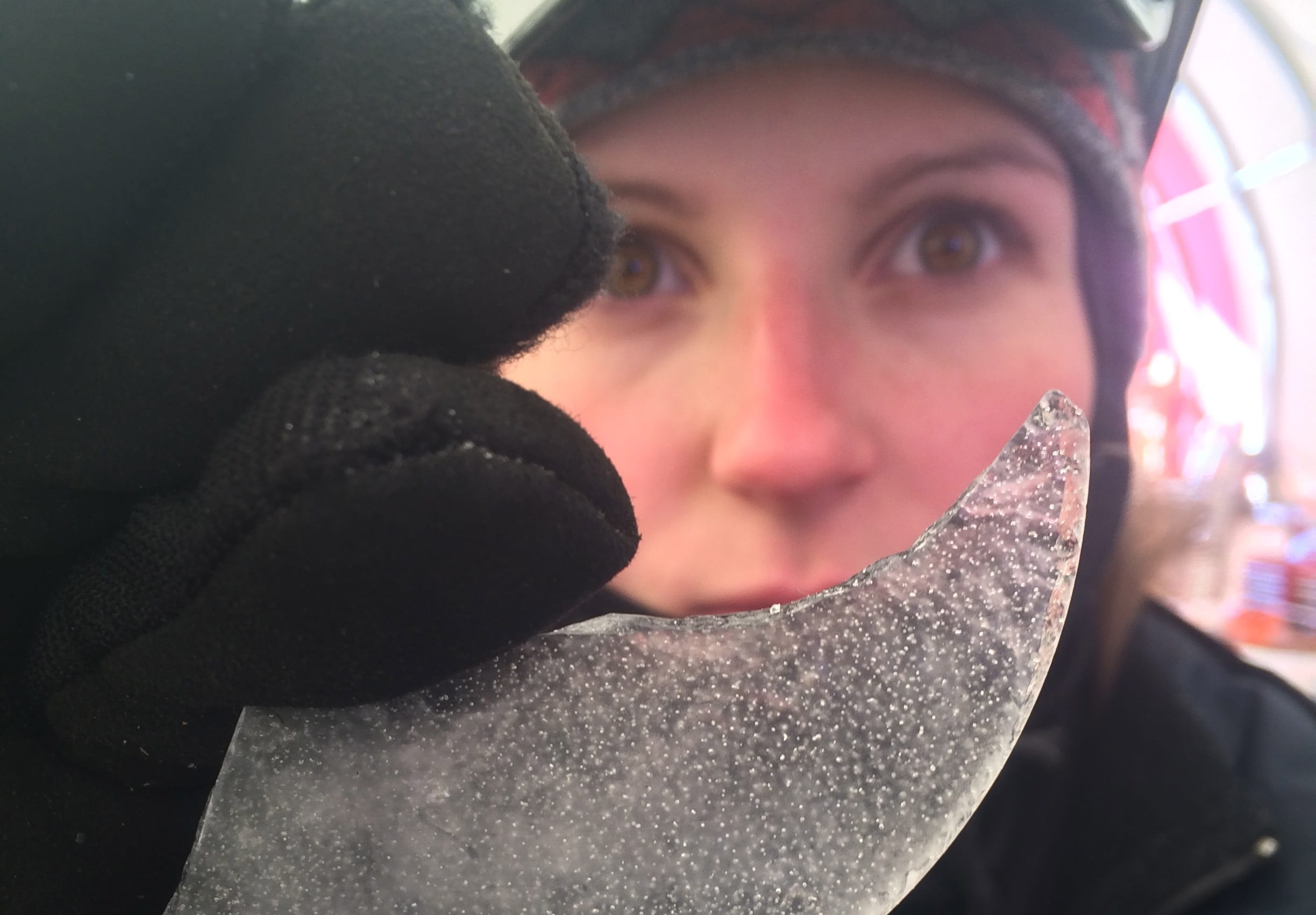Grad student sees traces of fire in ice cores

To make better predictions about future wildfires around the world, climate scientists want to know the prevalence and intensity of past outbreaks. For a study published recently in Proceedings of the National Academy of Sciences, Melinda Nicewonger, a UCI graduate student in Earth system science, examined ice cores from Greenland and Antarctica to measure changes in emissions of ethane, a telltale sign of biomass burning, during preindustrial eras. Tiny gas bubbles trapped in the frozen water demonstrated to Nicewonger that ethane levels were elevated during the medieval period (1000-1500) and lower during a period of global cooling known as the Little Ice Age (1600-1800). The findings show a clear connection between biomass burning and prevailing climate conditions. “Are the fires we are presently seeing at record levels? We can try to answer that question by comparing biomass burning in the past to what we know about it today,” said Nicewonger, recipient of a National Science Foundation Graduate Research Fellowship. “Ideally, we want to make these ice core measurements much further back in time to see just how much fire can vary naturally. This will give us a good sense of what we may expect in the future.” She added that a significant challenge remains in teasing apart the effects of climate versus human impacts. “We will get a much better idea about that as we extend these measurements back in time to periods when the human population was lower and humans had less impact on global fire,” Nicewonger said.


